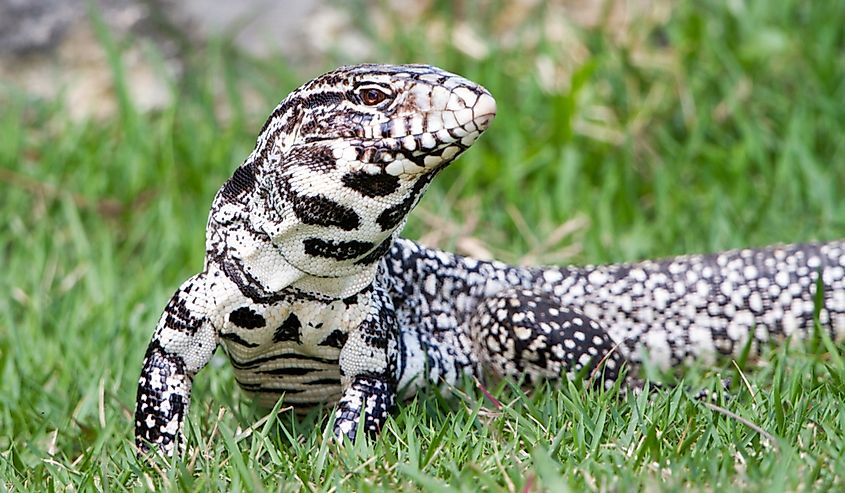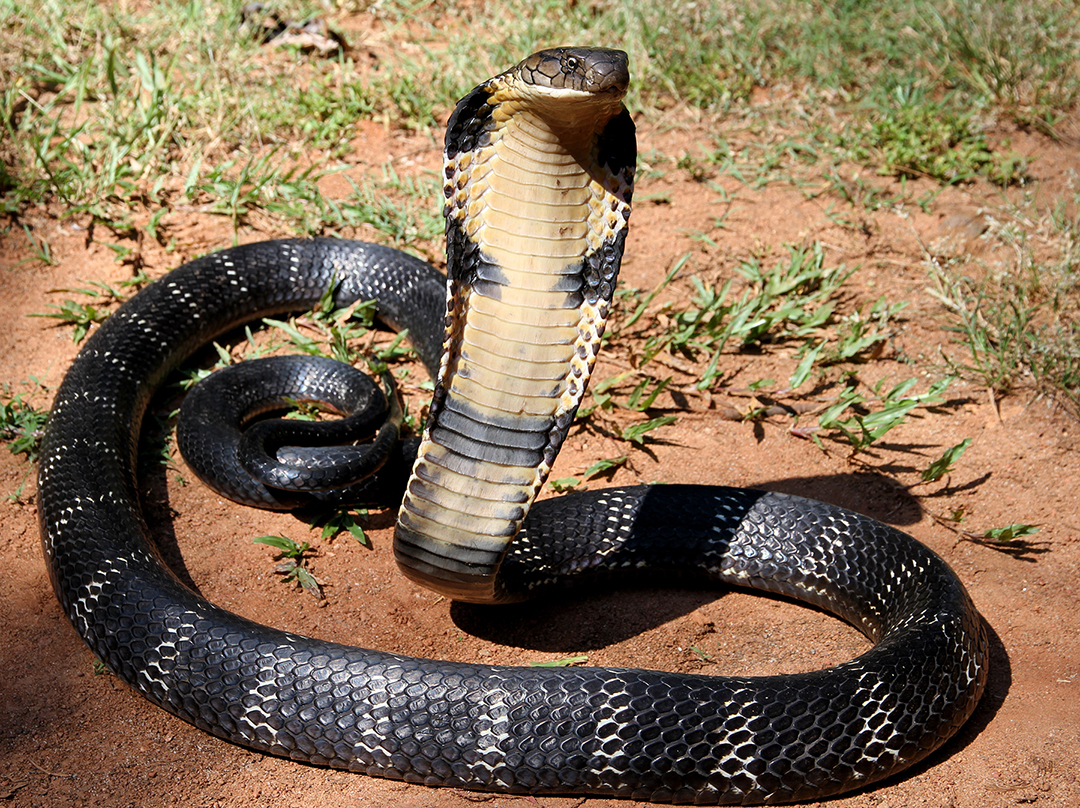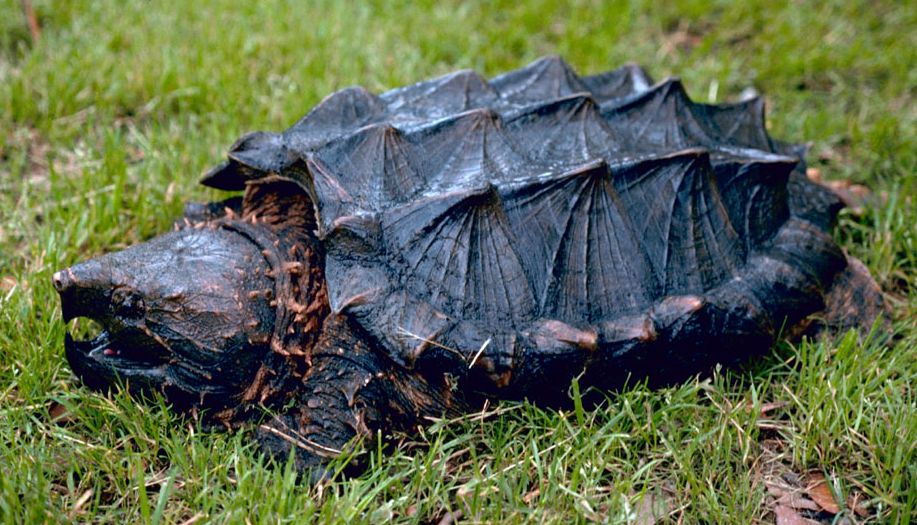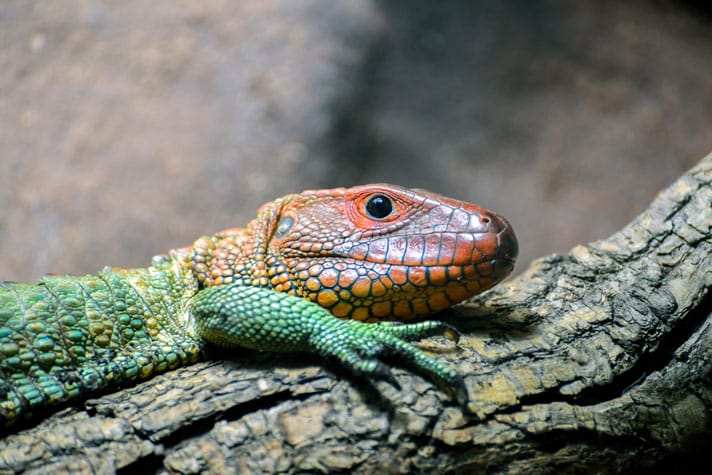To say that there have been a lot of pack ideas floating around this forum is an understatement. I've seen continent packs, region packs, country packs, bird packs, the list goes on. But you know what hasn't gotten enough appreciation? Reptiles. This is my idea for a Reptile Animal Pack. This isn't a typical animal pack, though. Since including seven habitat reptiles could get repetitive really quickly, I've decided to go for an even 4/4 split of habitat and exhibit animals. Now, let us begin.
Nile Crocodile
I know, another crocodilian, and I understand some people might be against this inclusion. After all, we got two crocodilians in the past year, and while I concede that the crocodilian lineup we have is great, the inclusion of the Nile Crocodile would make it perfect.
Perentie
We haven't got a habitat lizard since launch, and I think that for a third one, the Perentie is a great choice. They look unique from the other two habitat lizards we have, and it'd give us more Australian representation. What's not to like?
Argentine Black and White Tegu
Maybe adding two habitat lizards in one pack after not getting a single one for over two years is presumptuous, but I think there's a strong case for the Tegu's inclusion. They're on the smaller side when it comes to habitat reptiles, but with the males reaching up to 4.5 feet long, I don't think they'd be out of place at all.
Green Sea Turtle
This could have been the Loggerhead, Hawksbill, or Leatherback, but ultimately the Green Sea Turtle won out due to its recognizability and presence in aquariums around the world.
Now for the exhibit animals.
King Cobra
The most requested snake, and for good reason. We already have cobra scenery pieces as part of the Indian theme, so we're bound to get a cobra sooner or later.
Alligator Snapping Turtle
Whether the Alligator Snapping Turtle would be better suited as a habitat animal is debatable due to its size, but hey, if the Green Iguana can be an exhibit animal, it can too.
Northern Caiman Lizard
A gorgeous and surprisingly intelligent lizard species. Not really much else to say here.
Gaboon Viper
Possessing the longest fangs and some of the best camouflage of any snake, the Gaboon Viper would be a stand-out, or should I say, blend-in addition to any reptile house.
Reptiles are a group of animals that I believe deserve a lot more representation, especially when it comes to exhibits. If you made a reptile pack, what reptiles would you include? Discuss it in the comments.








